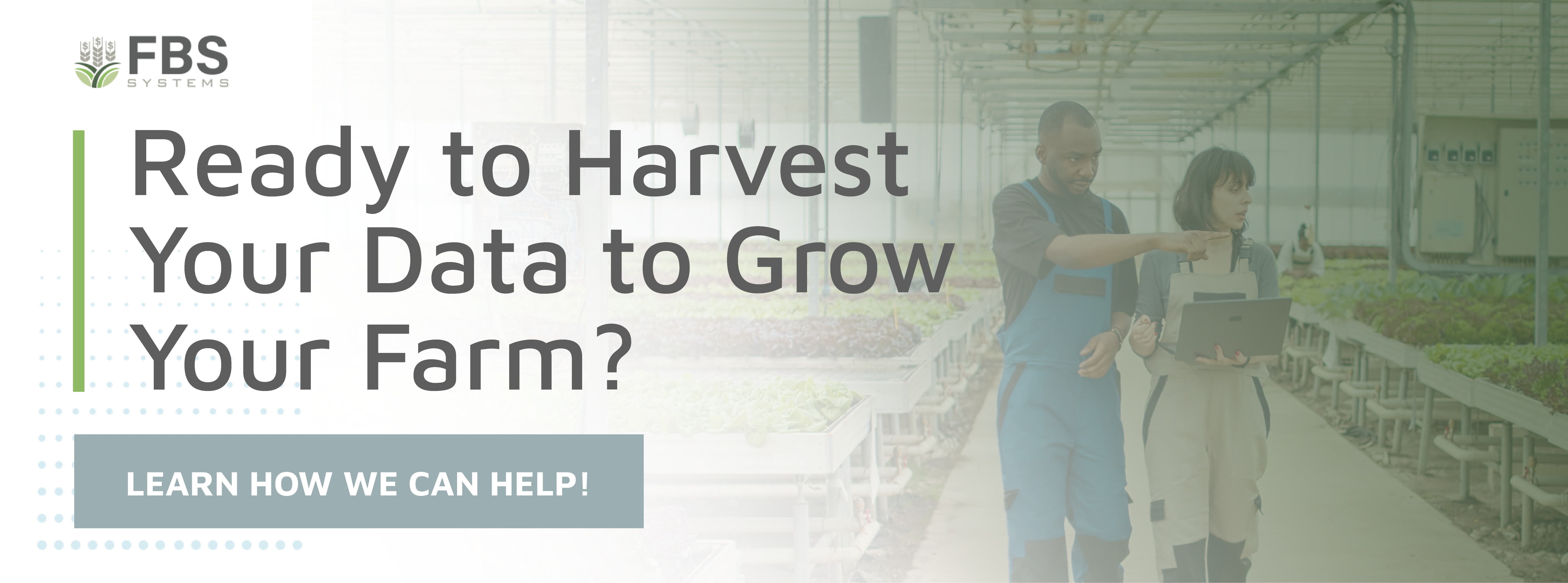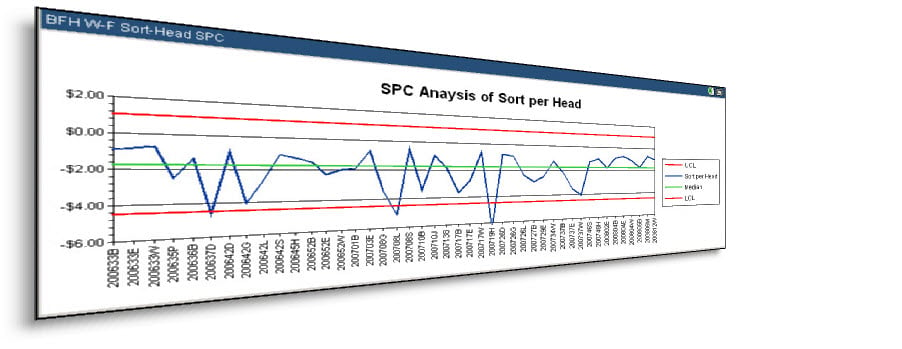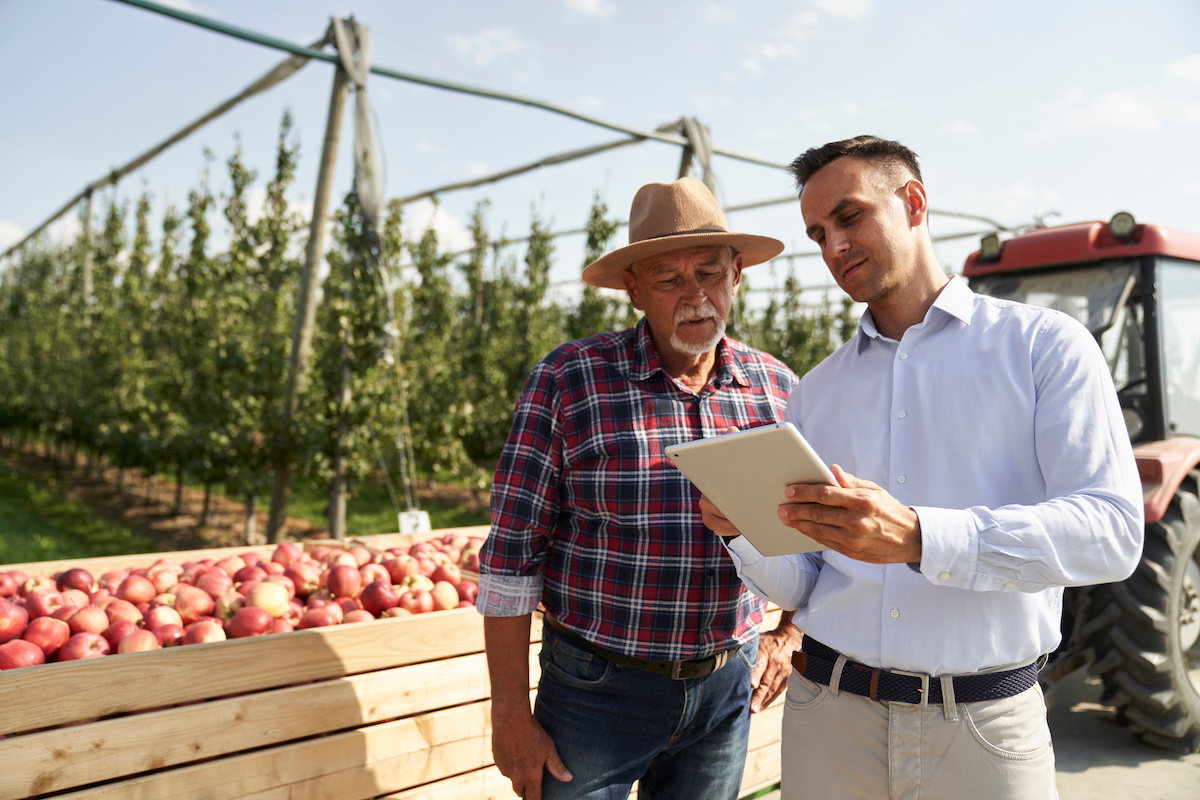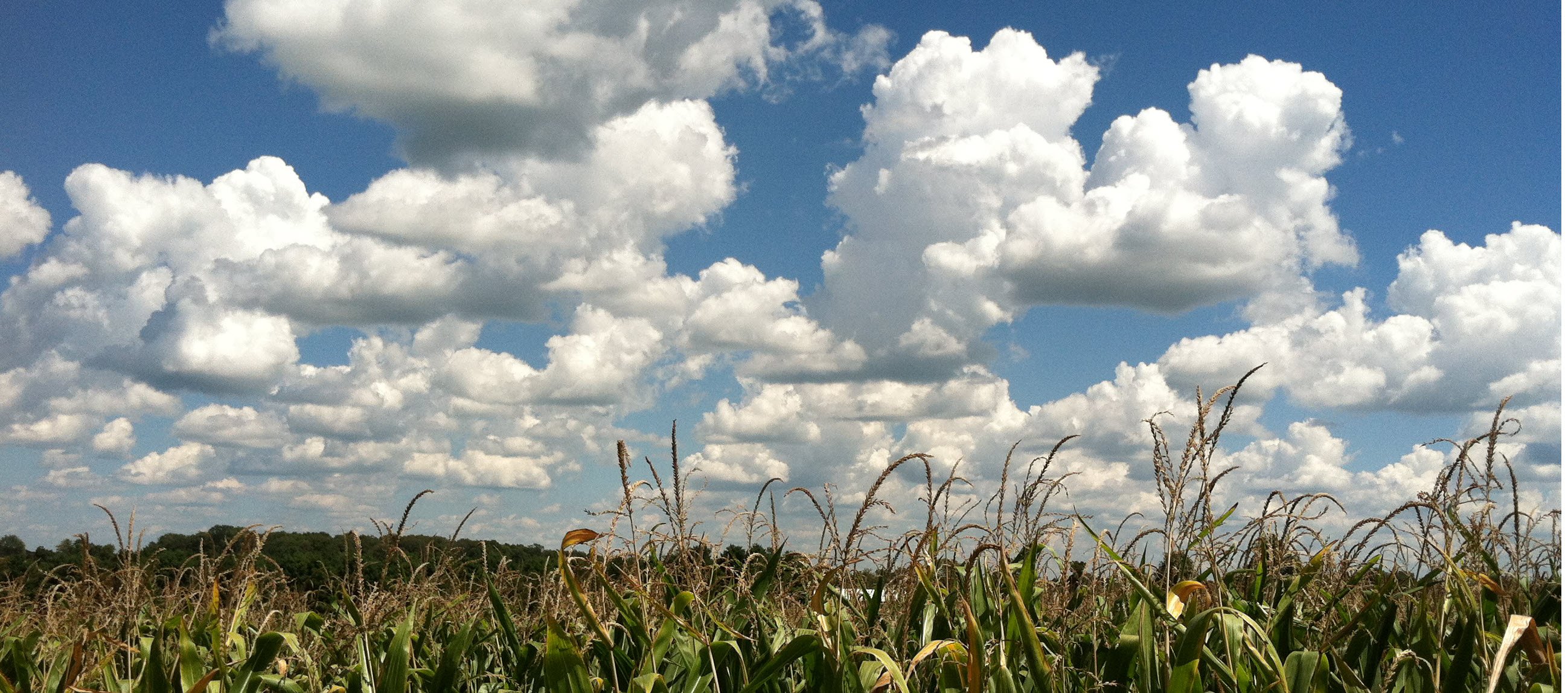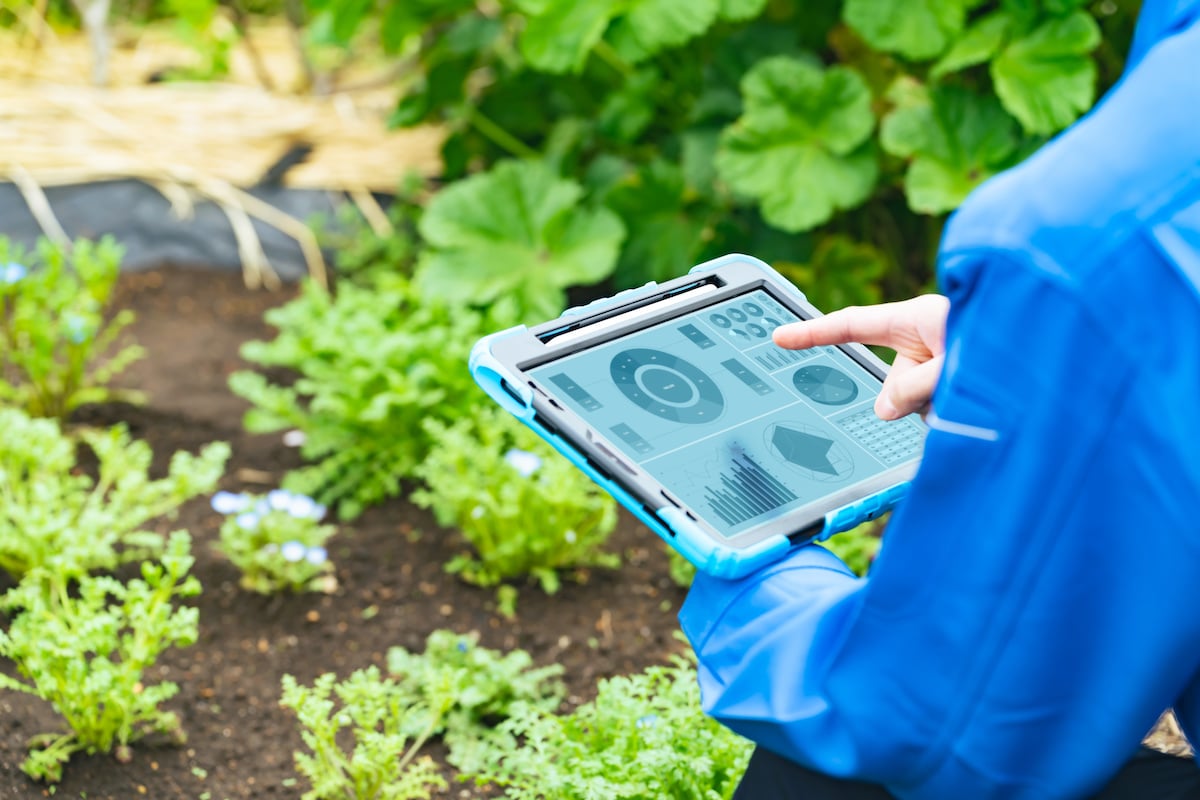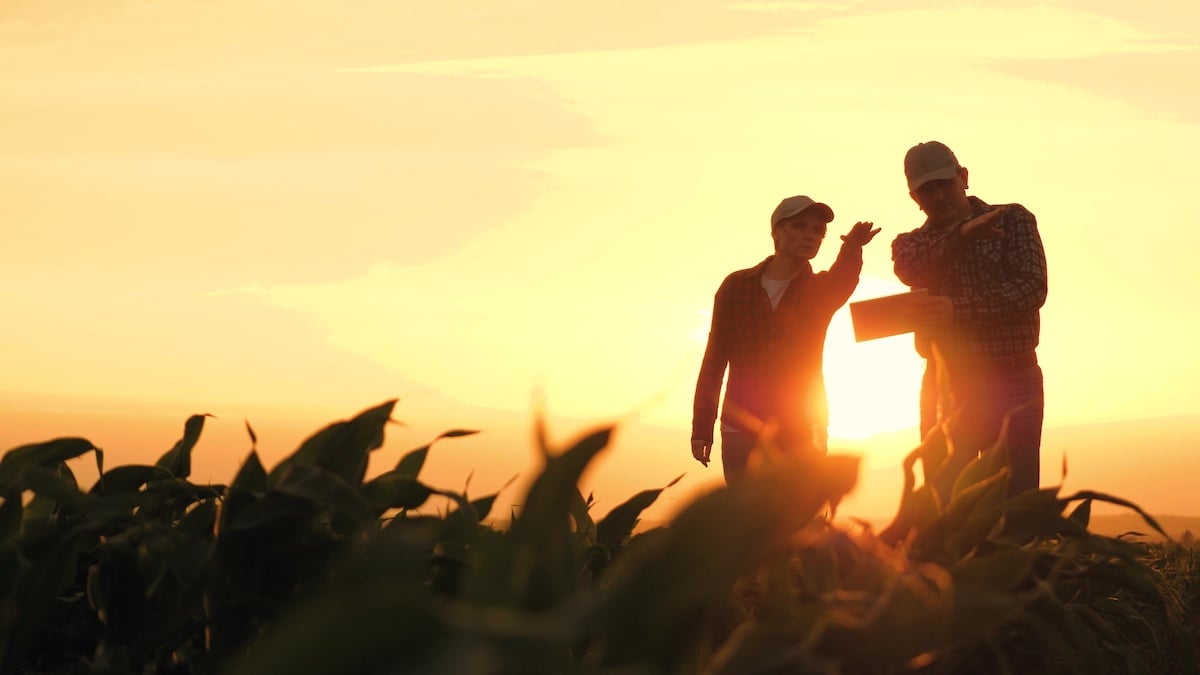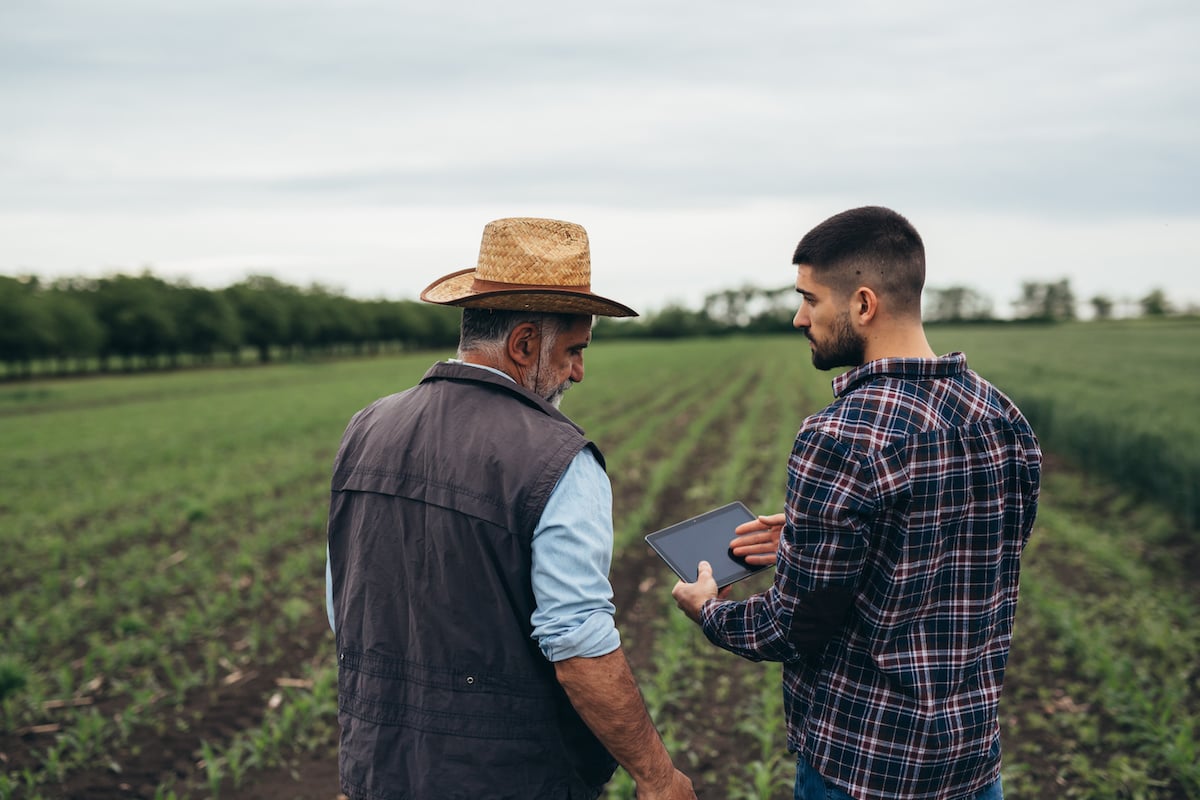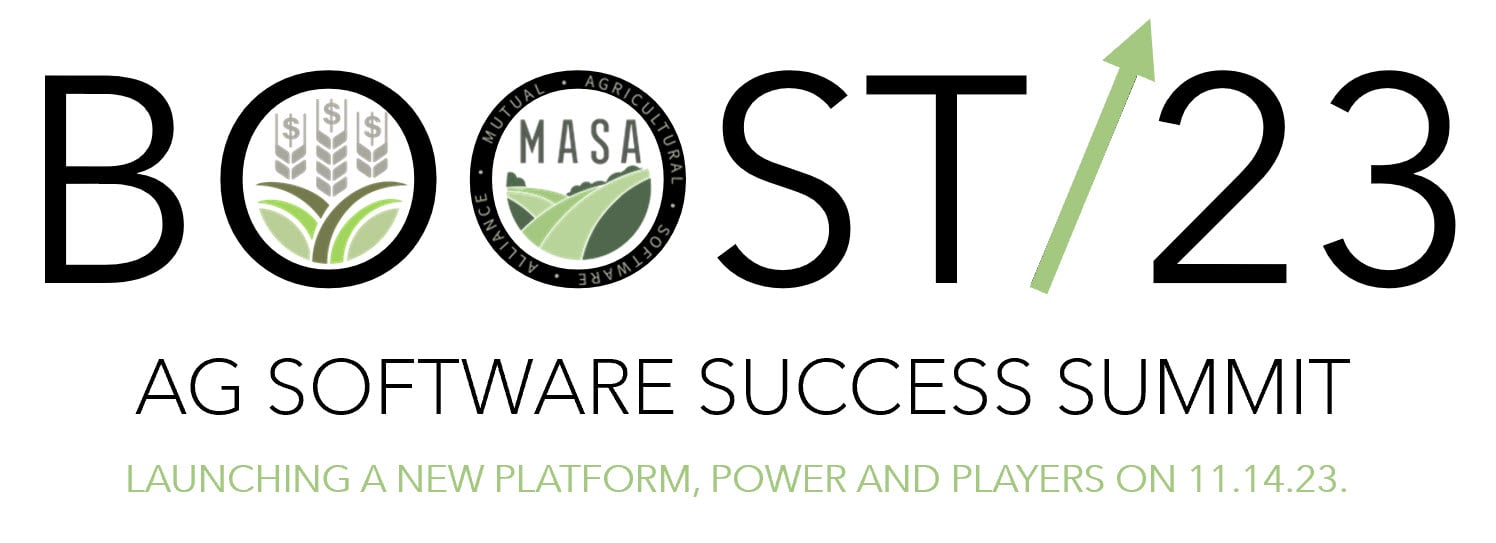Standardizing accounting practices for any industry can be incredibly difficult. In farming especially, there are countless variables that can severely impact the production numbers of a farm—everything from the vagaries of natural weather patterns to soil quality, crop/livestock genetic factors, and the availability of labor at an affordable cost.
Agriculture accounting needs to account for all of these variables and standardized, “Big Bucket” accounting solutions and practices often fail to, well, account for these variables and the impact they can have on farm operations.
Quick Links:
- What Is the Golden Rule of Agriculture Accounting?
- Are You a Big Bucket Agriculture Accountant?
- When You Can’t Count on Your “Farm” Accounting Program
- Reasons to Favor Your Agricultural Accountant’s Measurements of Costs and Margins
- Get Help Simplifying Your Agricultural Accounting
What Is the “Golden Rule” of Agriculture Accounting?
The most ambitious effort in history to document and standardize agricultural information management was orchestrated by the National Pork Producers Council (NPPC) at the turn of the 21st Century. Three committees composed of the best and brightest executives and experts honed in on Production, Financial, and Managerial accounting standards that would bring world-class uniformity and management control to the pork industry and set the pace for producers of other commodities.
At the final roll-out meeting the committees were instructed to explain, defend and reconcile their recommendations. At last, someone raised the thorny question: “What do we do when the production dollars don't coincide with the accounting dollars?” The consensus—at least with company controllers present—was to adopt a modern, if pithy, corollary to the "Golden Rule”: "Them that has the gold makes the rules.”
This is not a hypothetical concern. Back then (and even now) most ag producers relied on stand-alone "generic" accounting software while tracking management detail and quantities within specialized production programs or custom spreadsheets. This complicated matters for farm accounting specialists.
Why?
While mass-market accounting programs effectively ignore production agriculture's specialized reporting requirements, mapping, and livestock production software publishers are eager to differentiate their offerings by incorporating dollar measurements into their assumptions and analysis.
So, it's not surprising that inventory values and cost analysis based on unconventional practices or "plugged-in" numbers will rarely tie out with ledger balances based on generally accepted accounting principles. Agricultural accounting is different—so the accounting methods and tools you use need to reflect this fact.
The real “Golden Rule” of agriculture accounting should be this: “Rely on real-world reconciled values provided by your farm management accounting system if you want to get the most accurate and trustworthy results.”
Let’s discuss some of the shortcomings of “big bucket” farm accounting, when you can’t count on your accounting program, and the reasons that you should favor your farm/agriculture accounting specialist’s measurements over more generalized measurements of your costs and margins.
Are You a “Big Bucket” Agriculture Accountant?
- There are two major divergent trends that have been affecting the farming industry for years—which are especially prevalent in leading-edge operations:
- 1. Farm business scale and complexity are continuously increasing.
- 2. Rather than recalibrating their accounting system to match this new level of detail, managers often turn to stand-alone, production-oriented record systems as their primary, if not exclusive, management platform. For example, crop growers use GIS maps while livestock producers either subscribe to an online record service or specialized production software.
As a result, even as the production view of the business achieves greater sophistication and granularity, the accounting process is relegated to a generic “Big Bucket.”
So, what’s so wrong with being a “Big Bucket” accountant in a farming-oriented business? The problem with this trend is that accounting is the core control process for any business. Less-than-granular ag accounting practices that fail to consider all aspects of your farm can lead to problems. Some examples of issues with under-detailed accounting in an operation as complicated as farming are:
- 1. Planning, action and performance monitoring must ultimately be valued in actual dollars. By necessity, stand-alone production programs use “plugged” cost and revenue assumptions.
- 2. If a segment can be managed it should also be evaluated as a cost or profit center within the accounting system. Big Bucket farm accounting can’t effectively track or roll-up costs for the number of centers in most operations nor can it allocate costs to other centers.
- 3. In order for an accounting system to be in control, there must be a true tie-out between the balance sheet, income statement and actual inventories. Big Bucket accounting generally relies on “plugged” or standard work-in-process inventories disconnected from real production data.
This deficiency is not a concern for most production software developers. After all, their expertise is in the agronomic/physiological worlds, not the accounting field. However, without meaningful segmentation and tie-out between accounting and production numbers your big, generic, un-integrated accounting bucket most certainly will be leaking.
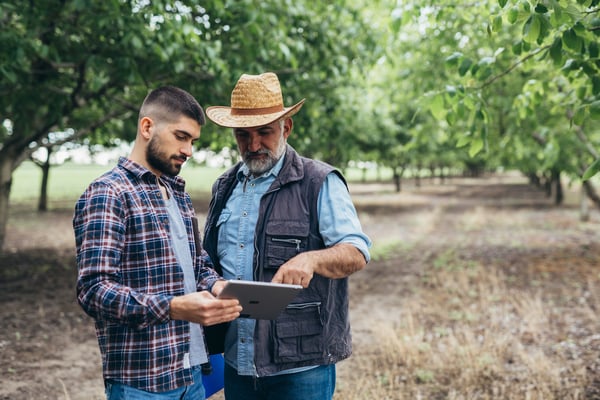
When You Can’t Count on Your Accounting Program
Accounting that counts dollars but not quantities can’t tell you much about your operation. Here’s why:
- Most everything in farming is purchased, sold, used and valued in standardized units of measure (bushels, gallons, tons, etc.).
- For accounting entries to drive inventories, quantities must be captured.
- A “per-unit” approach allows meaningful comparisons between segments and operations of varying scales.
- Units explain the source of variance from budgets.
- Units of measure in the ag world are much more complex than most other businesses.
- A single transaction can incorporate dual quantities (head-pounds, wet bushels-dry bushels, tons-bales).
- Often the units of measure change between the point of purchase and application (bags-kernels of seed or gallons-ounces of chemicals).
- In addition to these “direct units” associated with accounting transactions, agriculture relies on a wide variety of “indirect units” (acres, animal capacity, hours).
While some of these indirect measurements can be “folded in” after-the-fact, direct units must be captured within the same transaction as dollars, accounts and centers for a more accurate farm financial analysis that provides useful insights.
Numerous work-arounds (recording quantities in notation fields or separate quantity accounts) have been attempted in “Main Street” accounting programs, but the results literally don’t add up—especially not compared to an optimized and specialized agriculture accounting software platform.
Reasons to Favor Your Agriculture Accountant’s Measurements of Costs and Margins
Considering the issues with so-called “Big Bucket” accounting practices, why else should you favor your accountant's measurement of costs and margins over any other trusted advisor (say, the veterinarian, crop consultant, or economist)?
- Accrual financial statements must follow strict accounting guidelines in areas such as recognizing revenue, matching costs with revenues and valuing inventories in order to accurately disclose the true performance of the business. This approach is a 180-degree divergence from the intentionally-distorted cash tax accounting most producers depend on.
- Accountants have access to all activities on the farm, not just the obvious direct revenue and expenses within a particular enterprise. Moreover, double-entry accounting forces all entries to balance within a year and between years.
- Everything that happens on the farm touches accounting: inventories, growing crops or animals, field work, animal treatments, even driving around in the pickup.
- Therefore, accounting should be the core control function in your operation. No record or measurement is trustworthy unless it reconciles with accounting dollars and quantities.
That's why accounting is the hub of our integrated farm management system, not a secondary view of the truth relegated to mandatory tax or financial reporting. It's also why you need to develop or hire the accounting expertise to verify that your "gold" is being counted correctly.
Get Help Simplifying Your Agricultural Accounting
Need assistance tracking your real farm cost and profit statistics in a way that adds up for your business? Reach out to FBS Systems today and talk with us about your farming operations and how a dedicated farm accounting management system can help!
